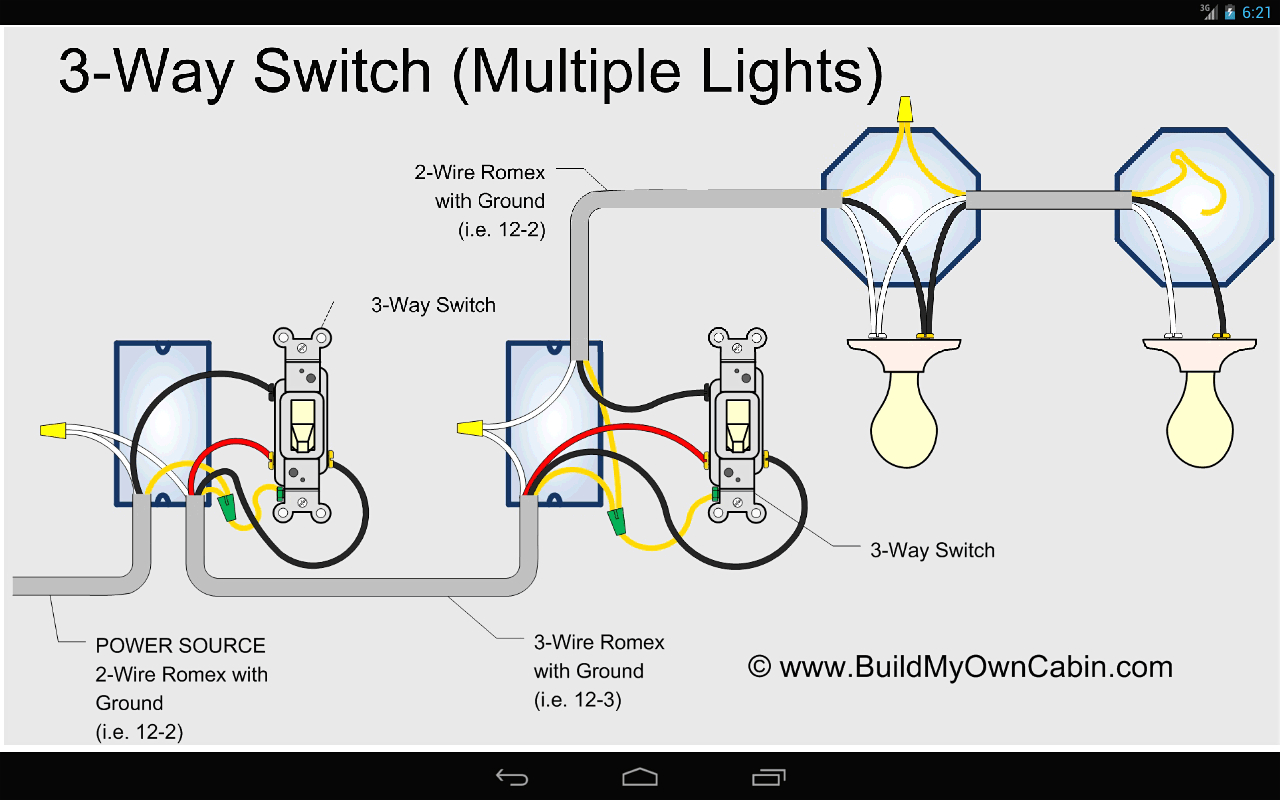

The outlets can be replaced with GFCI outlets to provide grounding at those points and the electrician can determine if certain areas would be better served with newer wiring or additional circuits. If this system is in your home, it’s a good idea to have an electrician assess it. In some cases with modern electrical use, this may not be sufficient. This type of wiring had sheathing that was rated to 60☌. The receptacles still had two slots without the rounded hole. This type was similar to knob-and-tube in another way. This type offered additional protection to the wiring versus the single layer of the knob-and-tube wires. This was the first type of wiring that bound the hot and neutral wires (white and black, typically) together into a secondary sheathing which was made from a woven fabric infused with a tar-based material. Other types of wiring may have a metal sheathing or be rated for exterior and/or wet conditions. It means the jacket, or the sheathing, around the wire is not a metallic material and it’s for dry locations. You are also likely to see ‘NMD’ with a number, such a NMD 7 or NMD 90. Have you ever noticed the writing along the length? It describes various things like the manufacturer and the testing and safety standards they were built to meet. This piece is intended to provide a brief description of the rest of the wiring that is common in homes. As wiring goes, it’s very easy to identify and most people know that at the very least, it should be assessed by an electrician. I previously posted a short piece on Knob and Tube.


 0 kommentar(er)
0 kommentar(er)
